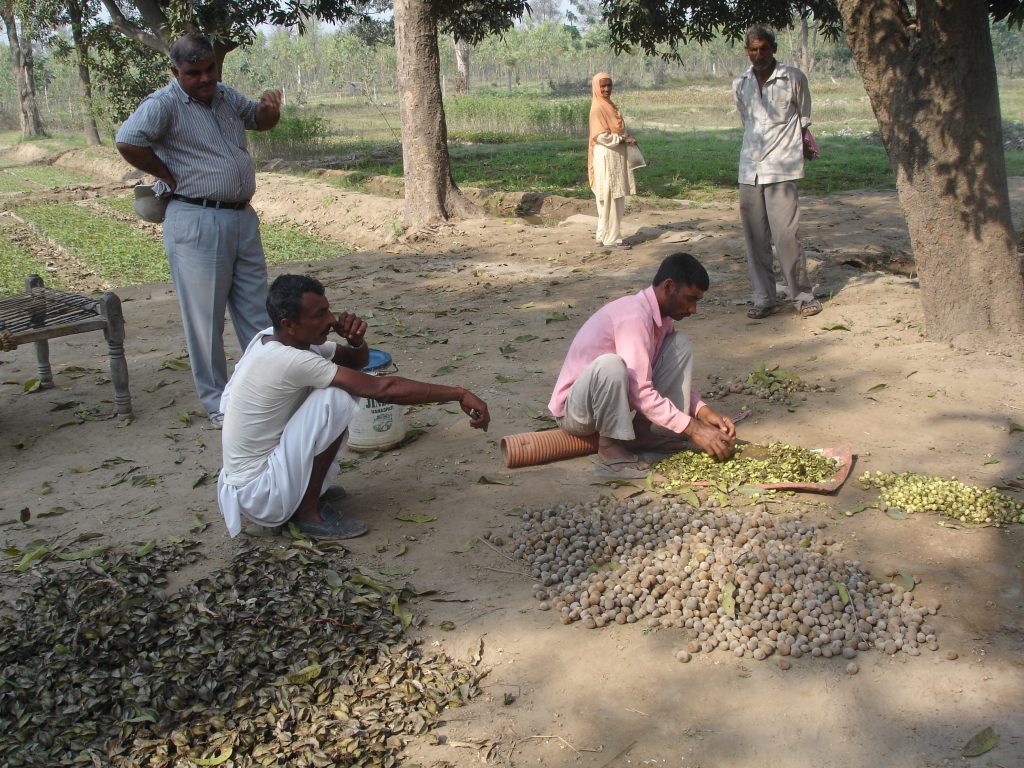Spotlight #82 – More local involvement one key to FLR success
“What we’ve got here is failure to communicate.”

That classic line from the Paul Newman movie, Cool Hand Luke, has since become a catch phrase to describe situations – some comical, others quite serious – that go awry when people aren’t on the same page.
Used in its more serious sense, that phrase can explain the failure of many Forest Landscape Restoration (FLR) projects.
A recent survey paper: Forest Landscape Restoration – What Generates Failure and Success, shows that failing to involve local stakeholders and-or a mismatch between goals of local communities and restoration managers, as well as environmental, anthropogenic and technical barriers to tree regeneration can be major obstacles to success.
Several members of an IUFRO Task Force (TF) entitled Transforming Forest Landscapes for Future Climates and Human Well-being developed the paper. It summarizes the information provided in a global online survey on experiences with forest restoration and adaptation.
There are nine TFs currently operating under the IUFRO umbrella and exploring a number of forest-related challenges across the globe. This particular TF is dedicated to providing the scientific basis for transforming forest landscapes to climate-resilient land-use systems that fulfil the complete spectrum of ecosystem service requirements of current and future societies.
The survey paper highlights various problems and success factors with FLR projects on a global scale and notes that “there are high hopes for Forest and Landscape Restoration to regain ecosystem integrity and enhance human well-being in deforested and degraded areas.”
But, as Markus Hoehl, of Germany’s Thuenen Institute, and the main author of the paper, points out, “when local communities, their goals and needs, are disregarded in project planning and implementation, as reported from various cases in our survey, there is a risk of project failure.”
The paper warns that “failed projects and disappointed stakeholders, as well as discouraged funders and policy-makers, could lessen the momentum of global forest restoration ambitions.”
FLR has been described as “more than just planting trees – it is restoring a whole landscape to meet present and future needs and to offer multiple benefits and land uses over time.”
The paper describes the general results obtained in the survey and highlights particular problems and possible solutions described by the respondents. The identified issues are then discussed with respect to the related literature to provide a current overview of the global challenges and facilitating factors experienced during the practical implementations of forest restoration.
Published tools to overcome common restoration obstacles are presented to provide a solution-oriented reference for forestry experts.
All problems included in the paper were described by more than one respondent. There was no single cause but several factors that contributed to project failure for many unsuccessful projects.
Moreover, the problems were interrelated, and the participation of the local community, or the lack thereof, was an overarching topic found in the survey responses that connects to all other topics presented.
In identifying common obstacles and success factors for the implementation of forest restoration, the paper notes that the majority of respondents reported successful projects though some others reported drastic problems and failed projects.
“While (many) promising FLR success stories are being prominently showcased, many restoration projects fail to meet their expectations. Success stories can provide lessons for future restoration projects and can undoubtedly be necessary to convince potential FLR investors or policy-makers,” the paper notes.
However, it goes on to say, restoration failures are much more rarely communicated and so the helpful lessons that could be learned from them, such as avoidance of common mistakes, are not readily available.
The paper aims to share practical experiences – good and bad – in forest restoration among the FLR community and beyond.
Among its conclusions, the paper notes: “Research is needed to gain a better understanding of the perception of local communities towards restoration activities. Further studies on the implementation of forest restoration at the intersection of environmental factors, socioeconomic conditions, forest regeneration/silviculture, and nursery production are needed.”
The full paper can be found at: https://www.mdpi.com/1999-4907/11/9/938
About the IUFRO Task Force: https://www.iufro.org/science/task-forces/transforming-forest-landscapes/
View all IUFRO Spotlights at http://www.iufro.org/media/iufro-spotlights/

Leave a Reply